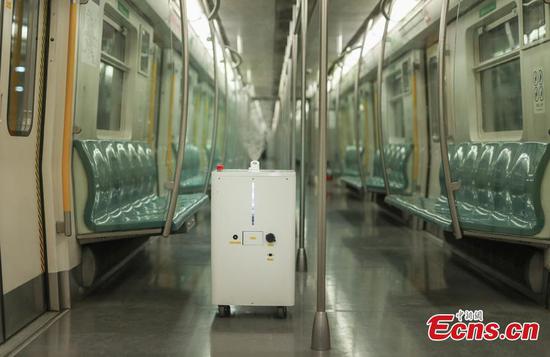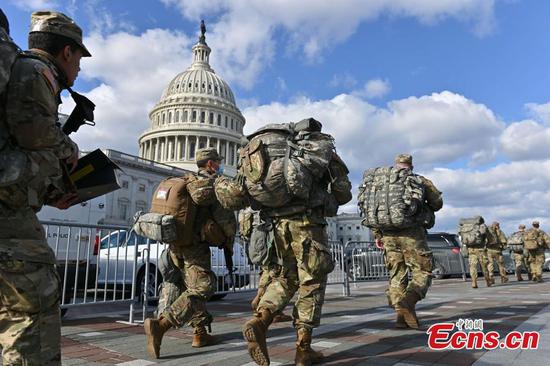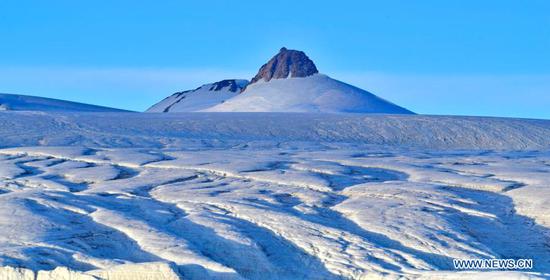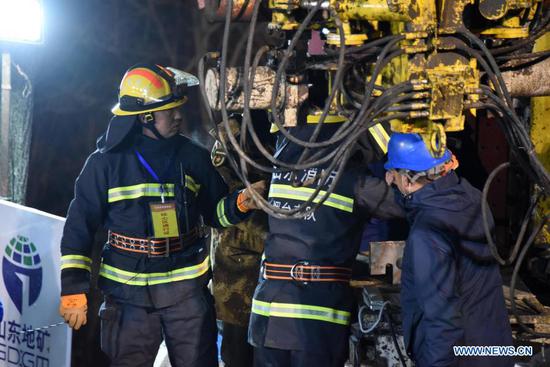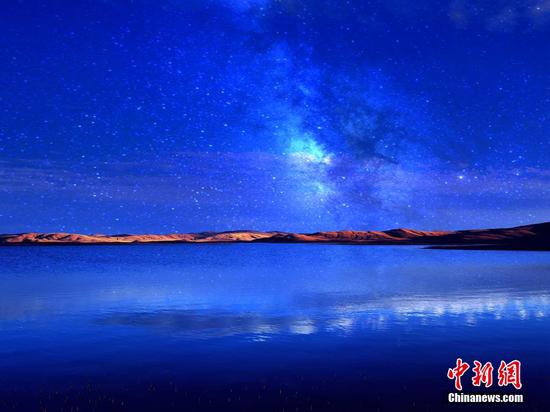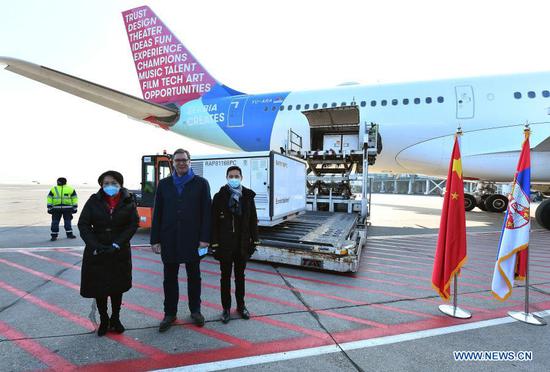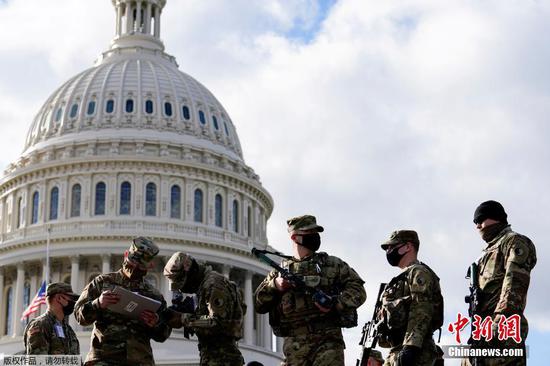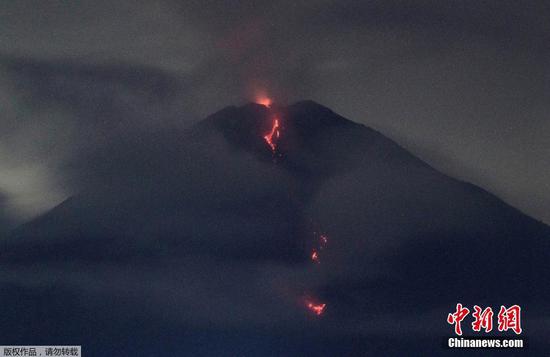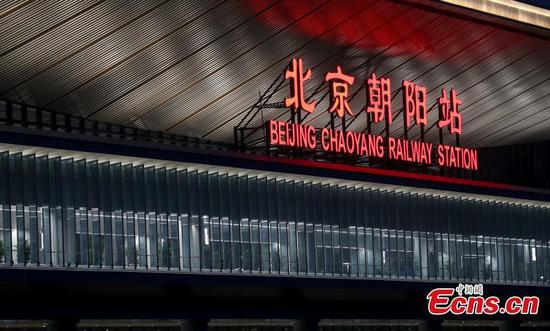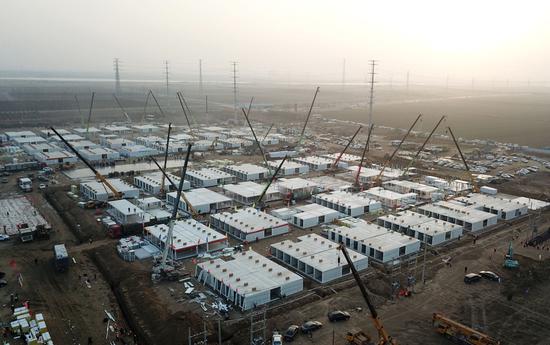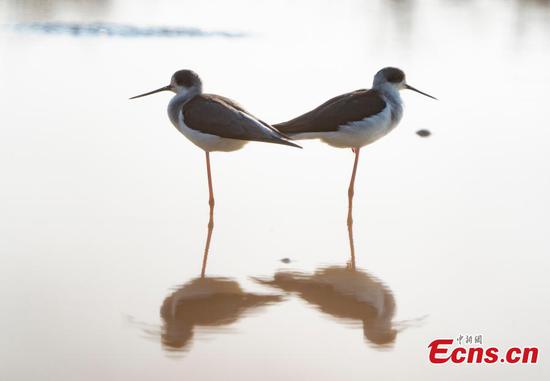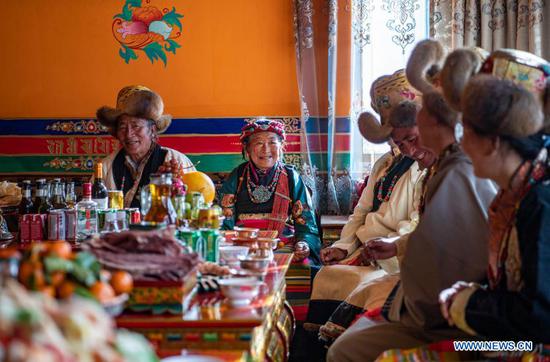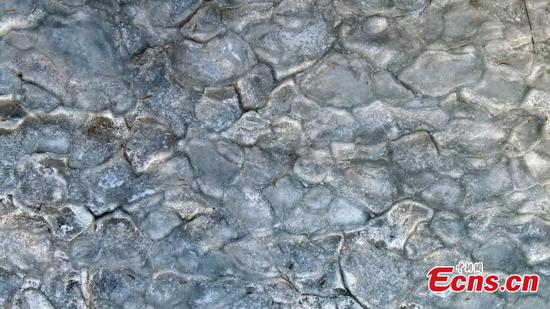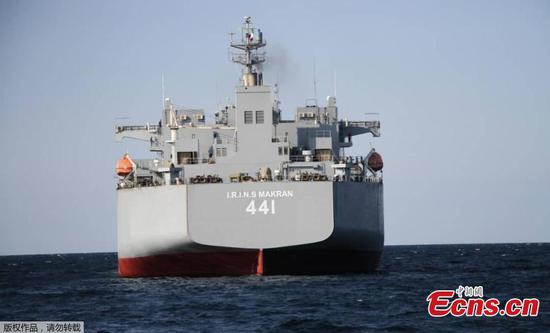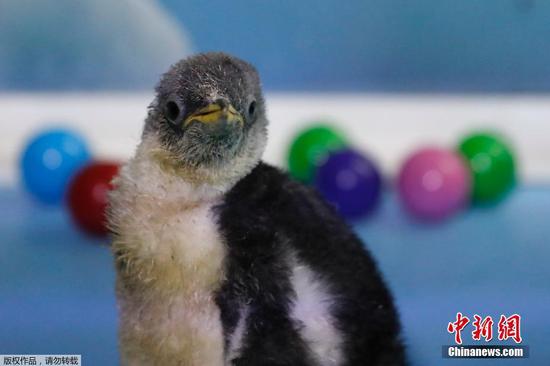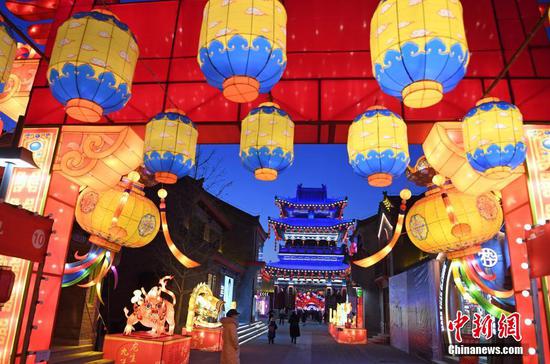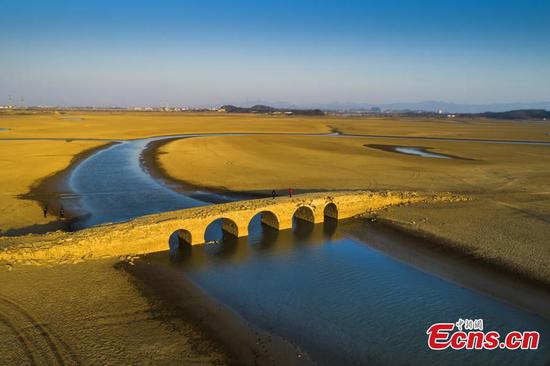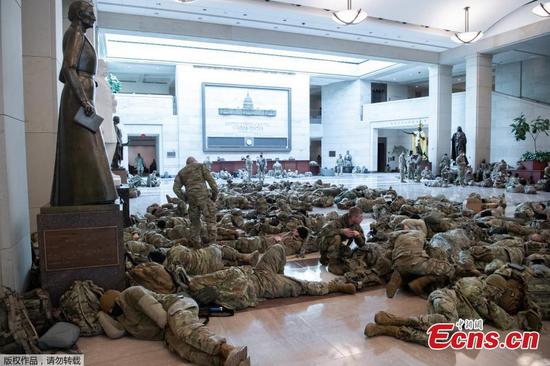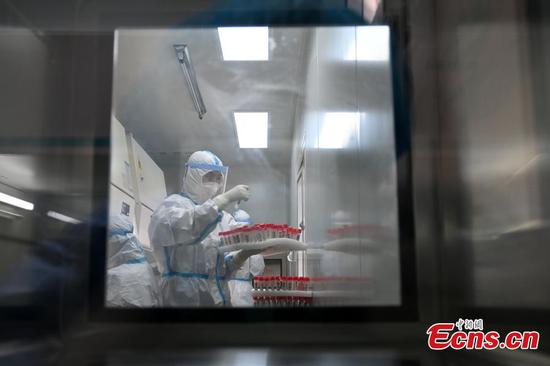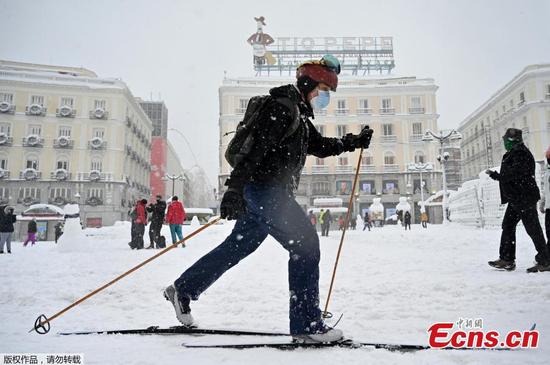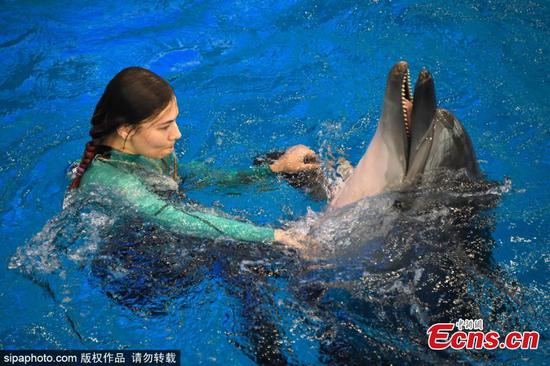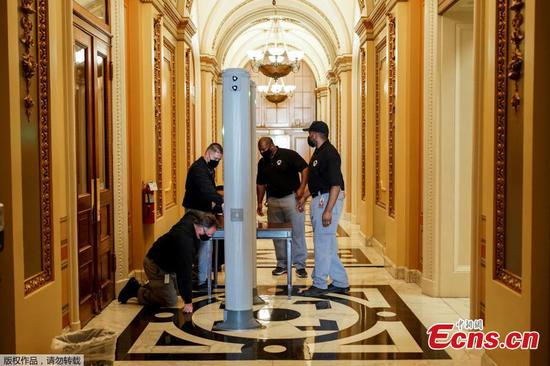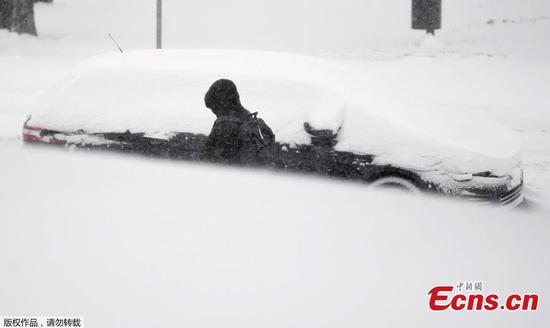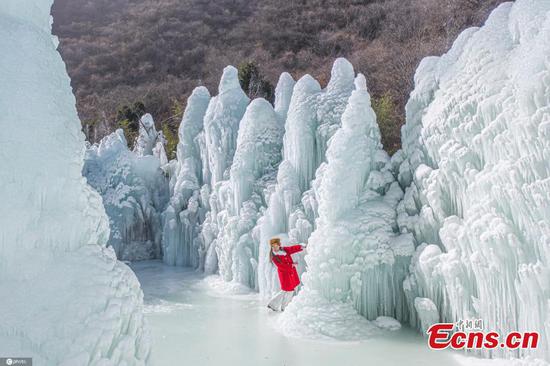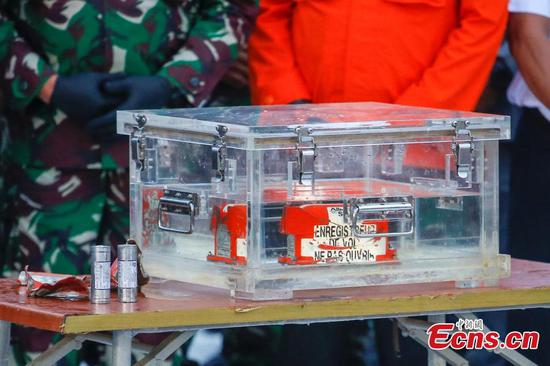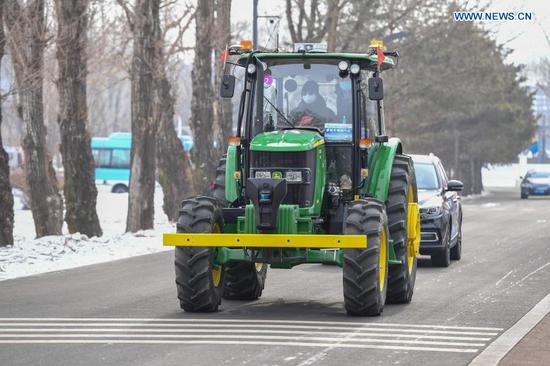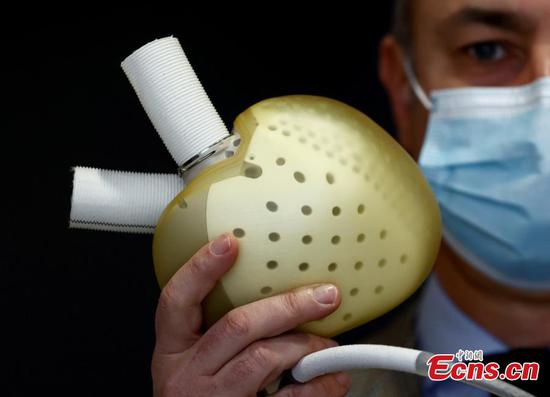
Chang'e 5's probe gathers samples on the moon on Dec 2, 2020. (Photo: CNSA/XINHUA)
China published its Regulations on the Management of Lunar Samples on Monday, aiming to improve scientific research and international cooperation.
The regulations were developed by the China National Space Administration and have nine chapters and 37 clauses. They govern the storage, management and use of lunar samples brought back by the country's Chang'e 5 mission.
The samples will be divided into four categories-permanent storage, backup storage, research, and public-interest purposes like public exhibition and science education, according to the regulations.
In terms of international cooperation, the document stipulates that the samples' distribution will be done in accordance with international treaties that China has signed or taken part in. Meanwhile, China National Space Administration encourages researchers at home and abroad to use the samples in joint studies on space science and to share their findings with each other.
The regulations were published by the administration at an open house for a small group of foreign diplomats and some international organizations' representatives to the Chinese Academy of Sciences' National Astronomical Observatories in Beijing. The event was hosted by the administration and the academy and was attended by ambassadors from countries including Sweden, Austria, South Africa and Thailand.
Pei Zhaoyu, deputy director of the administration's Lunar Exploration and Space Program Center and spokesman for the Chang'e 5 mission, told China Daily that about 80 percent of the samples will be used for scientific studies and most of the remainder will be placed in storage for future research.
Asked whether China is willing to share the lunar samples with the United States, he said China "is open to cooperation with any other nation when it comes to (scientific research on) the samples".
NASA is prohibited from bilateral cooperation with China as the result of a federal law introduced in 2011 by Frank Wolf, chairman of the House Appropriations commerce, justice, science subcommittee.
Under the law, neither NASA nor the White House Office of Science and Technology Policy may "develop, design, plan, promulgate, implement or execute a bilateral policy, program, order or contract of any kind to participate, collaborate or coordinate bilaterally in any way with China or any Chinese-owned company", including "the hosting of official Chinese visitors at facilities belonging to or utilized by NASA".
Yu Qi, secretary-general of the Asia-Pacific Space Cooperation Organization, said her organization has been in talks with Pei's center to discuss its members' participation in research on the samples.
She said some of the organization's members such as Thailand have begun to solicit proposals from their researchers.
Norbert Paluch, space affairs counselor at the French Embassy in Beijing, said China has afforded many opportunities for cooperation to other countries in lunar exploration, adding that French academics will definitely apply for some lunar samples from China.
French space institutes are talking with their Chinese partners about working together during China's next lunar missions, he said.
The most significant space activity in 2020 for China and for the rest of the world-the Chang'e 5 robotic mission-was launched on Nov 24 at the Wenchang Space Launch Center in Hainan province. It landed on the moon on Dec 1, becoming the world's third spacecraft to touch down on the lunar surface after the mid-1970s, following its two predecessors, Chang'e 3 and 4.
The landmark mission delivered 1,731 grams of lunar rocks and soil to Earth on Dec 17-a historic accomplishment some 44 years after the last lunar samples were brought from our nearest celestial neighbor.
The mission was the first space journey by China to retrieve lunar samples, and it made China the third country to accomplish the feat, after the US and the former Soviet Union.
The space administration delivered the samples to the National Astronomical Observatories in Beijing in late December.









